Key themes in a debate over how to get the NHS sharing patient data at scale included the importance of taking small, pragmatic steps and getting nurses involved. By Alison Moore reports

In association with Orion Health
Almost every NHS organisation is looking at how it can integrate services better to improve patient care - either within its own organisation, with other NHS partners, or with other health and social care providers.
Yet the flow of information about patients sometimes does not support these approaches - and can mean they don’t receive the safe, individually focused care they want as quickly as they should. Those involved in their care can sometimes have to make decisions without all the information they would wish for. Delays in sharing information can impact on NHS efficiency as well - leading to duplicate tests and delays, both in patients receiving appropriate healthcare and in transfer out of a hospital bed.
While some NHS organisations have effective electronic systems which allow for the sharing of information by all involved with patient care, many are still sharing information through faxing and passing on physical records. Faxing is particularly common when a patient needs social care input as well as healthcare.
Roundtable participants
- Adele Waters HSJ executive editor (roundtable chair)
- Dr Ken Fullerton associate medical director, Belfast Health and Social Care Trust
- Colin Henderson managing director UK and Ireland, Orion Health
- Dr Michael Gregory clinical director for policy and strategy, NHS Trafford
- Marina Lupari RCN professional lead for primary and community care
- Neal Patel pharmacist and head of corporate communications, Royal Pharmaceutical Society
- Dr Nigel Millar chief medical officer Canterbury District Health Board, New Zealand
- Dr Rebecca Rosen GP, Nuffield Trust senior fellow and member of Greenwich CCG
- Keith Strahan representing the Association of Directors of Adult Social Services - programme manager for the health and social care information sharing project, Health and Social Care Information Centre
An HSJ roundtable, sponsored by Orion Health, looked at the myriad questions around sharing information and how some of the barriers could be overcome. HSJ executive editor Adele Waters, chairing the debate, said: “It’s not the case that anyone in any organisation necessarily has access to the information they need about that patient’s care and past treatment. We need to get better at that.” She added that any solutions needed to be capable of being implemented at scale.
The issues around sharing information are not limited to the UK: most healthcare systems in the developed world have been wrestling with them. One of the most remarkable success stories has come from the Canterbury area of New Zealand’s South Island, which has introduced sharing across its health economy. Dr Nigel Millar, chief medical officer of the Canterbury District Health Board, has been key to this.
He outlined how plans to share records dated back to 2007 but had initially concentrated on a “big solution” that was later abandoned. Many areas were happy with their existing computer systems and did not want to change them - but they did want a way to share information across health and social care.
Stimulus to change
A surprising turning point was the 2011 earthquake in Christchurch, the main city in the health board’s region, which caused enormous disruption to health services and infrastructure.
“It’s not recommended but it was a stimulus to change,” he said. Eleven days after the earthquake, the decision was made to push ahead with a scheme using a shared electronic space which would eventually allow all partners in health and social care to upload and share records while continuing on different systems.
While introducing the technology to drive this was “quite easy,” the challenges in getting everyone to accept such a change were huge, he added. It was helped by a high level of trust in the health system which provided a basis to build on. “We have started the model, created the space and are sharing information,” he said. “We now have health providers coming to us saying it is unsafe for us not to have access,” he said.
The system adopted by the district health board is evolutionary and capable of being added to - for example, it is now being extended to pharmacists. But while there was no question that shared information had made things possible which might not have happened otherwise, he conceded that it was difficult to measure the impact of the project.
Asked what were the critical factors in getting a shared e-health record system up and running, he said having a long term vision and then working out what was needed in terms of technology to achieve that incrementally was important. A degree of opportunism was also needed, along with strong clinical leadership and a willingness to challenge each other.
‘One of the challenges we have is that the consultants love the ideas but we also have to manage the relationships with hospitals and have executive sponsors’
In contrast, shared information in the NHS is “a patchwork quilt. Every area is at a different place,” suggested Dr Rebecca Rosen, Greenwich GP and a senior fellow at the Nuffield Trust. “I would endorse what you say about not seeking perfection and a big bang solution.”
In her area, a conversation about sharing information had been going on for three or four years before changes to the structure of local hospital trusts proved to be the impetus to push forward with plans. “It was piggybacked on some work which was already going on. It required a certain pragmatism,” she said.
“Our vision would have been for a ‘read and write’ solution for the full medical records. But we made a pragmatic decision to go for something that was already being worked up. Now we are in the process of rollout. We have some GP practices who are using it and some who are probably unaware of it.”
Cultural barriers
Practices who had piloted the system now spoke at meetings about how it was working for them, she said. The “word on the street” was getting out slowly, she said.
One barrier to implementing a new system was getting people to change the way they acted, said Dr Rosen. “Getting people to change their professional behaviour so that the whole system works better is hard,” she said, citing care plans as an example. Currently, GPs did not write care plans with the intention that other healthcare professionals would add to them. “It will give us some developmental changes to make,” she said - but it did offer an opportunity to get people working better, enabled by technology.
The need for clinical engagement if changes are to be successfully implemented was echoed by many round the table who had experience of trying to introduce both IT and changes to working practices.
“I think an IT solution is a wonderful thing but we do need the clinical buy in and relationships,” said Dr Michael Gregory, clinical director for policy and strategy at NHS Trafford, which has brought in a shared information system.
“One of the challenges we have is that the consultants love the ideas but we also have to manage the relationships with hospitals and have executive sponsors. Each CCG person is a link to an executive sponsor in a trust.”
However, when clinical engagement is discussed it is often very focused around doctors, despite nurses frequently being the largest group accessing and adding to patient records.
Ensuring nurses’ voices were heard - and giving them a seat at the top table when IT changes were being discussed and decided - could contribute to smoother implementations and greater take up, argued Marina Lupari, Royal College of Nursing professional adviser for primary and community care. She said there were only a handful of nurse leaders in this area.
In a lot of cases nurses could manage patients in their own homes if they had the right information available, she said, but they did not always have access to IT to get this information when it was needed. There was an issue of whether they should use their own devices to access this, something the RCN advised against.
More generally, nurse engagement did not seem to be high up the IT agenda, even though they were important users. “I think nurses will be given priority when they become the block to progress [ie at rollout stage]. But at the moment it is happening around us,” Ms Lupari added.
Another professional group which is beginning to benefit from access to electronic records is pharmacists.
Neal Patel, head of corporate communications at the Royal Pharmaceutical Society, said they had a professional vision of moving from supplying a product to being more involved in healthcare advice. There was an opportunity to develop new roles for them as there is currently a surplus of pharmacists.
A lot of the extended roles for pharmacists either in place or being talked about would require access to patient information. There had been a programme to ensure connectivity between pharmacies and the wider NHS - for example, the ability to connect to the “spine” has been established and community pharmacies are being given access to the summary care record. “I think that will help enormously, especially out of hours,” he added. However, ideally pharmacists would like to be able to write into the record rather than just read it.
The importance of ease of use
Some areas in the UK are more advanced than others, with information already shared across key players in their local health economies. Dr Gregory said local commissioners had developed a care coordination system which he described as being like an “air traffic control” system enabling an overview of where people were in the system.
Implementation began with the booking and ambulance systems, and then extended into unscheduled care. “Feeds come in from primary care, acute hospitals, mental health, social care and community providers. There will be a clinical portal and a patient portal. That will be as live as it can be,” he said.
This should enable more efficient progress through the system - for example, spotting where necessary tests had not been carried out, or ensuring that community staff did not try to visit patients when they were at a hospital appointment.
Thirty three community elective pathways were being looked at. There was also the capacity to identify patients at risk of admission through risk stratification and information coming in through live feeds. Nurses would manage this caseload: “They will know the patients and make sure that they are getting all the services they need,” he said.
“We have found that we can have systems in place but sometimes they are not followed. You have to design something which makes our lives easier.” The Trafford scheme hoped to reach this point by year three of a five year programme. Booking systems went live in July and the aim was to have at least one hospital and 60 per cent of GP practices set up online later this year, he said.
In Northern Ireland, work started in 2007 with a clinically led group which was commissioned to carry out a “proof of concept” project. This looked at feasibility, clinical impact and efficiency, involving one hospital in Belfast and another outside it, and two large GP practices.
“We never really had to sell the concept of an electronic health record,” said Dr Ken Fullerton, associate medical director at the Belfast Health and Social Care Trust, who has been closely involved in the project since its inception. Staff interest was high: in the early stages of the project, if he logged into the system from any terminal in his hospital he would find a number of staff gathered to watch.
The report from the project group showed not only clinical effectiveness but also savings due to, for example, fewer unnecessary outpatient appointments. The decision was made in July 2013 to roll out the solution more widely.
“We set seven year targets in terms of users and access. We have already passed these,” Dr Fullerton said. Since then 775,000 patient records had been accessed, and there had been five million unique logins. Ninety per cent of doctors were already using the system but the biggest single group of users was nurses. Specialist nurses working between hospitals and community had been particularly enthusiastic users in the pilot stage but some groups had been harder to engage. “Pharmacy is about 2 per cent. We have work to do there but there is progress,” he added.
Change had been made incrementally and was still going on. “We now have a road map. We are no longer read only. Various aspects had been taken forward by largely clinical groups,” he said. This included “e triage” and virtual multidisciplinary team meetings.
Any new IT systems adopted now had to be compatible with the electronic care record, and there was increasing involvement from other parts of the health system. Ambulance services could access information but not yet from ambulances themselves, the local hospice had signed up and independent sector providers were interested as well.
Patient reluctance for their records to be shared is often seen as an obstacle but in Northern Ireland this had not turned out to be the case. Patients had been able to choose to opt out of their information being shared - but less than 200 out of 1.7 million had done so, said Dr Fullerton. There was additional protection around some records, such as those covering mental health. But he added, even as a geriatrician, he found the common response to shared records from his patients was “but why were you not doing that already, doctor?”
Northern Ireland has a combined health and social care system - but other parts of the UK often struggle to get coordination between the two sides. Keith Strahan, programme manager for the health and social care information sharing project at the Health and Social Care Information Centre, pointed out some of the challenges in dealing with a sector which employs 1.6 million people but with only 9 per cent working within local authorities.
When it came to technology, there were some wonderful good practice examples but the main way of sharing information with the NHS was probably still by fax, he said. He was working in Shropshire to get secure email into care homes “but 95 per cent of the information that goes in now is faxed. If you come out of any hospital and move into a care home, shared information is likely to be faxed.”
‘The clinical leadership is absolutely essential. When you walk into a room, you can spot the ones… [where implementation] will be successful based on the individuals in the room’
There were changes coming as CCGs had to produce digital roadmaps by April 2016, he added. He questioned whether in some cases what needed to be shared was a summary rather than the whole document or plan. If everything was shared, the volume of information could be overwhelming: he cited GPs having to search through reams of reports to find the ones which were really urgent and required them to take action. “There are crucial bits of information which I want to follow me around. For example if I go into hospital and have a home care plan, will the provider know about it or will they break down the door because they think the patient is lying there unwell?” he said.
Small measures
Small steps could change behaviour and drive engagement with electronic records: one thing which had been tried in London was replacing a generic fax number for an organisation with a generic secure email address, he added. This had revealed that faxes were being used within hospitals to transfer information internally as well as between hospitals and other organisations.
Colin Henderson, Orion Health’s managing director for UK and Ireland, said that implementing technical solutions took organisations on a journey.
Taking pragmatic steps to making information available could start to drive interest and lead to further progress. “That’s when you start to move from the viewing to the doing. But you have to do the viewing first and that has to be enough useful information to be interesting,” he said.
“The clinical leadership is absolutely essential. When you walk into a room, you can spot the ones… [where implementation] will be successful based on the individuals in the room.
“I think there are natural leaders out there. Having them at the helm of the project and having the right clinical advocate to take that out to their peers is vital.”
As well as clinical engagement, there was a need for executive sponsorship. Sometimes there was a need for difficult conversations to take place: during discussions about the Canterbury system there had been an agreement that people could walk away from the table as long as they came back, he said. It was early days to see the evidence that better access to, and sharing of, information improved patient care.
Mr Henderson said that organisations did start to see the benefits, which might be as simple as fewer duplicate tests or not duplicating visits to people, as well as time saved by not having to search for information.
Dr Millar added some other benefits: with shared information, pharmacists no longer had to guess the patient’s diagnosis from what they knew about their medications.
And ultimately IT made business improvement and system transformation possible. It could also create opportunities to improve patient safety if it was recognised that patients could fall through the gaps, said Dr Fullerton.
He stressed that electronic interventions did not solve the problems of healthcare: they were enablers and raised questions such as who had the responsibility for reviewing and signing off test results which might have been ordered by one doctor but then seen by others as patient care was transferred.
Summing up the debate, Ms Waters said the key elements to deliver shared information were to have a vision; clinical leadership - including from nurses - together with executive sponsorship; and to acknowledge that technology is an enabler but won’t solve all problems.
There was emerging evidence that shared information could deliver improvements and efficiencies, she concluded.




















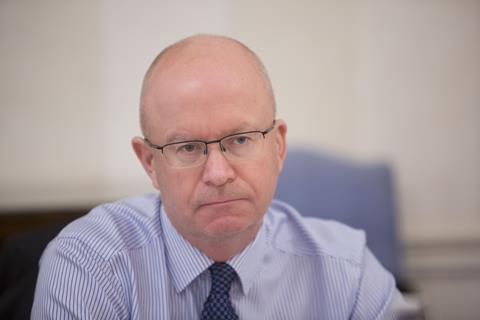
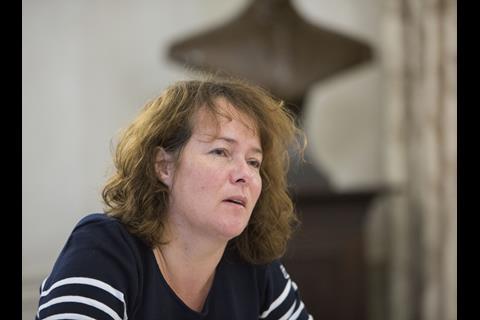


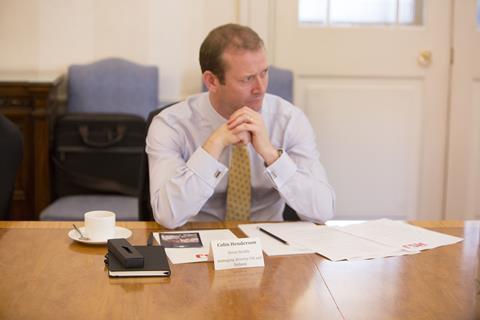
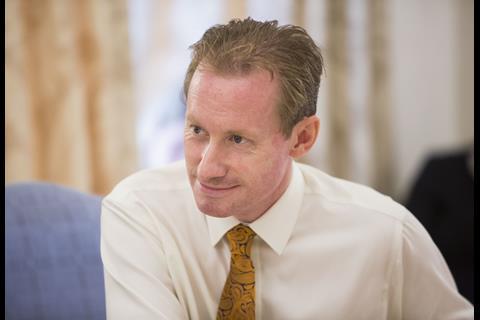
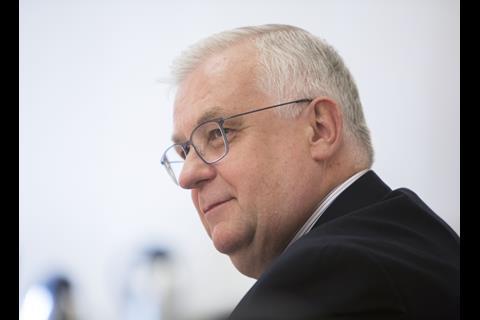
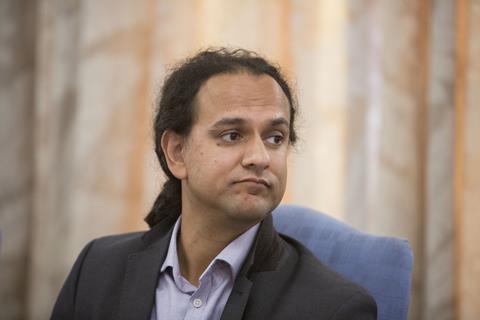
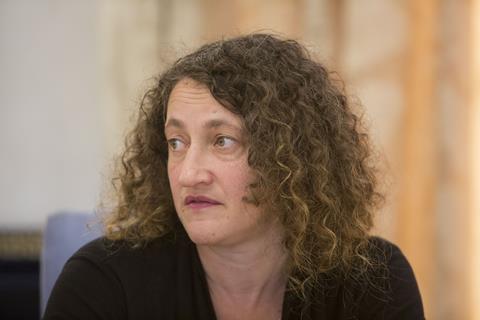









No comments yet